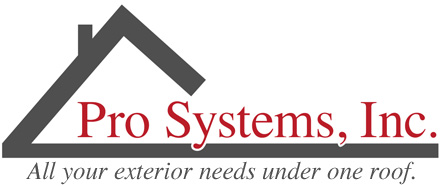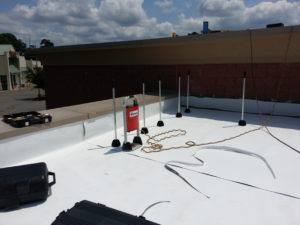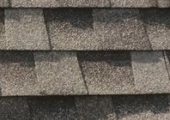Any roofer that has ever installed a fully adhered TPO or PVC roof system knows the frustration of waiting for the adhesive to dry. Not to mention, the mess that glue makes, and the many, many empty buckets that result from it.
There is an alternative to using adhesive. It’s called Rhinobond. It involves using electromagnetic induction to weld the membrane to each plate, with no adhesive to be used, no penetration to the roof membrane with fasteners, and is non-polluting LEED credit eligible.
The installer simply lays the insulation, without having to cut half sheets, and uses Rhinobond plates that are specially made for this system. The membrane goes on next, and is secured in several places along the membrane with the Rhinobond tool. A crew member then falls back and continues to use the Rhinobond machine to secure the membrane to the plates while the rest of the crew heat weld the TPO seams, lay out and fasten down more insulation and membrane, and do detail work.
Using this system versus glue is more efficient in many ways. First, there is less waste because there are no glue buckets, rollers, and roller naps to throw away. The job remains cleaner because as anyone who has worked with roofing adhesive knows, it gets everywhere, no matter how careful you are. Third, the job actually gets done quicker, because there is no laying the membrane out to get it in place, and then pulling it back to apply the adhesive to the back of the membrane and insulation, and then waiting for the adhesive to dry. With Rhinobond, there is no need for any of that.
Besides being easier for roofing crews, there are a few facts to know about Rhinobond. It is Factory Mutual approved, it is approved by most TPO and PVC membrane manufactures, installers are not required to cut half boards of insulation to stagger the seams or for perimeter fastening, and this system uses 25% to 50% fewer fasteners when compared to normal fastening methods. Because there are no fasteners penetrating the membrane, there are no points for water intrusion. Because the membrane is secured to each plate, it provides strong wind uplift protection and also requires fewer fasteners. In short, Rhinobond allows for a faster job completion time, with less waste, fewer materials, and better protection.




Comments are closed.